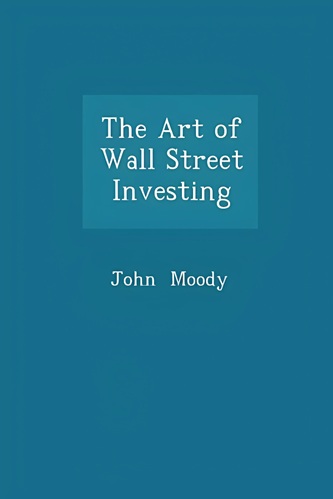Tracking America’s Economy
$23.44
| Author(s) | |
|---|---|
| Format |
|
| Pages |
401 |
| Publication Year |
2004 |
Norman Frumkin goal in Tracking America’s Economy is to provide a better understanding of the performance of the American economy, and a basis for evaluating proposals intended to influence its future course. Using data current through the first half of 2003, Frumkin focuses on the meaning and use of a wide array of indicators of economic growth, employment, wages, productivity, investment, saving, and finance in assessing the current state of the U.S. economy and forecasting future developments.
Author’s Note:
The book aims to make complex ideas and the statistical data related to them accessible to persons without special training in economics. It also provides a framework for questioning the varying interpretations given by economists of the flow of often conflicting economic data coming out daily. In tum, interpretations of the data are the rationales given by economists, elected officials, journalists, political pundits, and talk show hosts for policies to reinvigorate the economy or whatever macroeconomic policies they favor. In short, the book focuses on giving a better understanding of the performance of the economy and for evaluating proposals intended to influence its future course.
Statistical measures of the economy are referred to as economic indicators, and various economic indicators are the underpinning of the book. Trends in the indicators are analyzed both for their movements over time and to explore the causes and consequences of the movements.
The book has two broad audiences: (a) college undergraduate and graduate students in macroeconomics, public policy, and business administration, and (b) economists, executives, union leaders, journalists, elected officials, investors, and the general public who are interested in the overall economy. As in each new edition of Tracking America’s Economy, this fourth edition sharpens and expands the content of the previous one. It has these new features:
- Reclaiming American manufacturing
- Differential patterns of the expansions of the 1980s and the 1990s to 2000
- Wealth effect of stock market and housing prices
- Significance of consumer confidence surveys
- Age of nonresidential structures and equipment and future investment
- Housing affordability
- Government spending and tax components
- Frequency of tax changes
- Taxation and work effort
- Sustainability of balance of payments deficits and foreign indebtedness
- Jobless recoveries in 1991-92 and 2002-03
- Interstate variations in income and unionization
- Interstate variations in unemployment insurance
- Job openings and unemployment
- Terrorism impacts on economic growth and productivity
- Spread of oil price changes to the non-energy sectors
- Deflation and the economy
- Federal budget and debt shifts versus interest rates
- Interaction of fiscal and monetary policies
- Company buybacks and dividend yields
- Improving real time in the leading indicator system
- Noneconomic intangibles that affect the economy
- Delay in designating end of the 2001 recession
Contents:
- Attributes of Economic Indicators
- Framework for Macroeconomic Analysis and Policies
- Economic Growth
- Household Income, Saving, and Expenditures
- Business Profits, Nonresidential Investment, and Housing
- Government
- The United States in the World Economy
- Employment, Worker Income, and Employer Costs
- Unemployment
- Productivity
- Inflation and Deflation
- Finance
- Leading Indicator System
- Noneconomic Intangibles
Tracking America's Economy By Norman Frumkin pdf
1 review for Tracking America’s Economy
Clear filtersOnly logged in customers who have purchased this product may leave a review.










Piper O’Connor (verified owner) –
Does a great job of explaining key economic measures. … A valuable resource for students, policy analysts, reporters, and even economists who may need to brush up on economic topics with which they are less familiar.